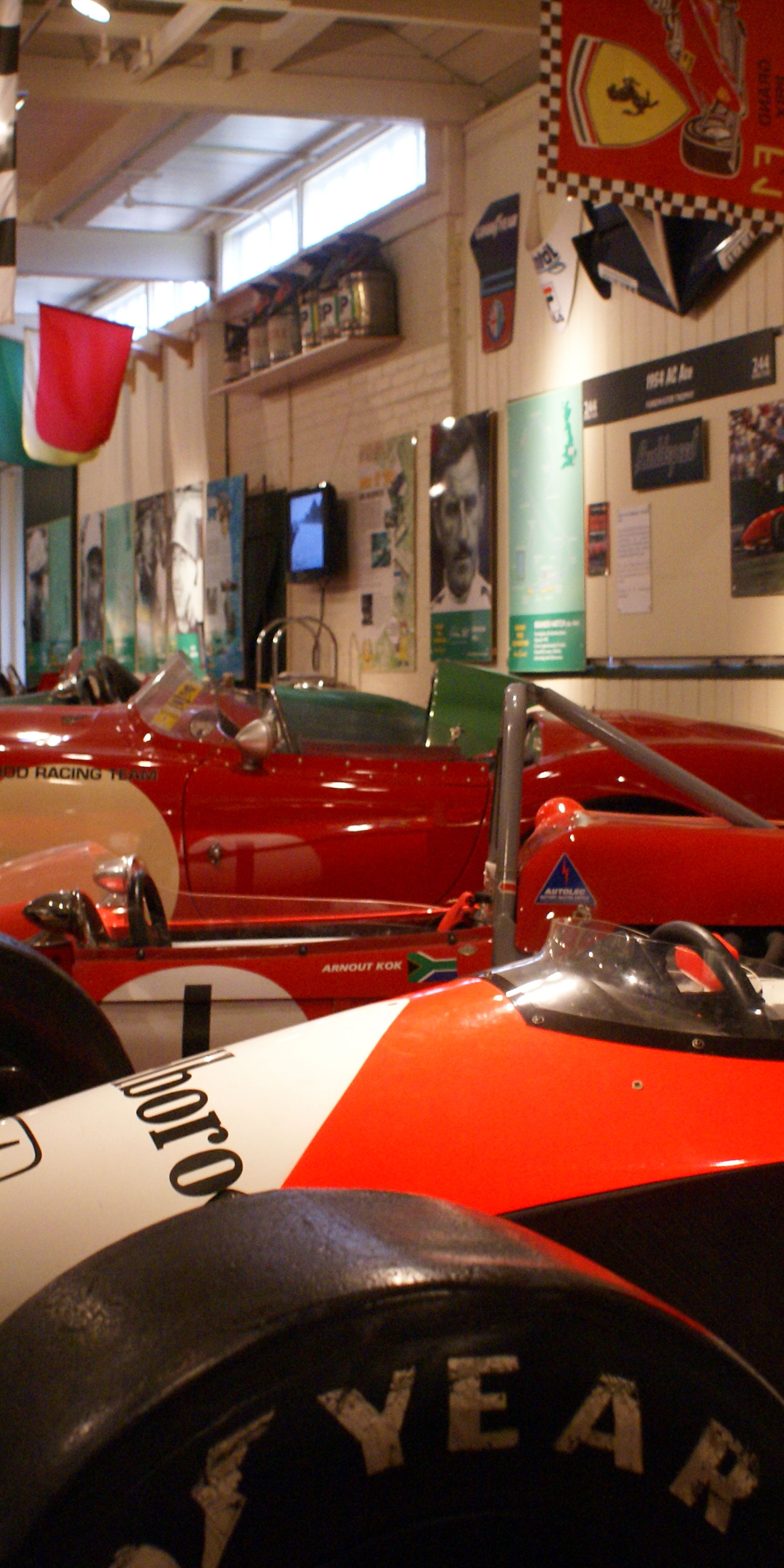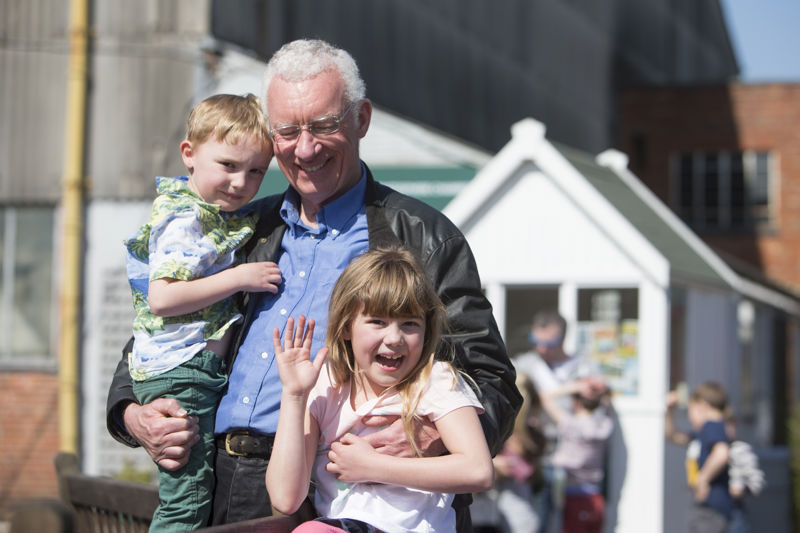Latest news
-
![Brooklands Museum Surrey, Edwardian Clubhouse And Paddock Lawn Sunshine]()
Brooklands Museum Access Advisory Group
12th Nov 2025
-
![Brooklands Museum Surrey Family Member Membership Transport Museum Bus Car Concorde Aircraft Aviation Games Weybridge]()
Summer Activities at Brooklands Museum
8th Jul 2025

12th Nov 2025
8th Jul 2025

